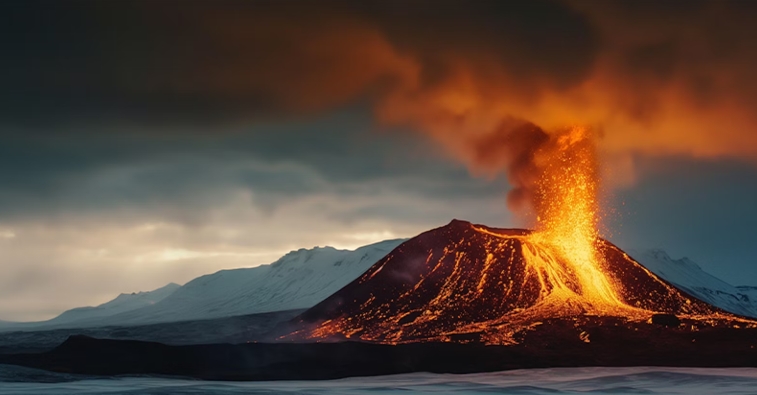Unveiling the Mystery: How Volcanoes Really Work
Have you ever wondered how volcanoes really work? Despite being one of the most magnificent natural phenomena on Earth, there are still many mysteries surrounding their inner workings. Let’s delve into the fascinating world of volcanoes and uncover the secrets behind their explosive power.
The Earth’s Hot Core
At the heart of every volcano lies the Earth’s hot core, where molten rock, or magma, is constantly churning and bubbling. This molten rock is generated by the intense heat and pressure deep within the Earth’s crust, creating a fiery cauldron of activity that is just waiting to erupt.
The Path to the Surface
When the pressure builds up to a critical point, the magma forces its way through the Earth’s crust, creating a path to the surface. This pathway is known as a vent, and it serves as the primary channel for the magma to escape from the depths of the Earth.
The Eruption
Once the magma reaches the surface, it erupts in a spectacular display of fireworks, spewing ash, gas, and molten rock into the air. This explosive eruption is caused by the rapid expansion of gases trapped within the magma, creating immense pressure that propels the molten rock skyward.
The Aftermath
After the eruption subsides, the volcano enters a period of dormancy, during which it remains relatively quiet. However, this period of calm can be short-lived, as the Earth’s restless core continues to churn and generate more magma, setting the stage for another eruption in the future.
Understanding the inner workings of volcanoes is crucial for predicting their behavior and mitigating the risks posed by these powerful natural forces. By unraveling the mysteries of volcanoes, scientists can better prepare for future eruptions and protect the communities living in their shadow. So next time you witness the explosive power of a volcano, remember that there is a fascinating science behind its awe-inspiring display.

